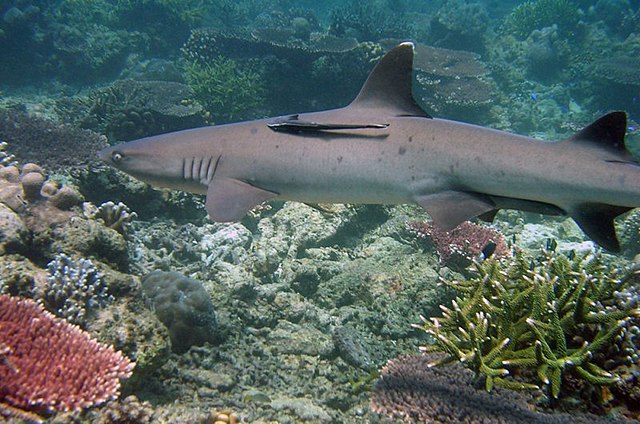Tubbataha Reefs Natural Park, located in the Philippines, is a pristine and remarkable natural wonder known for its exceptional biodiversity and ecological significance. Here’s an exploration of Tubbataha Reef and what makes it a special destination:
Key Features and Highlights:
- Location: Tubbataha Reefs Natural Park is located in the Sulu Sea, roughly 150 kilometers (93 miles) southeast of Puerto Princesa, the capital of Palawan province in the Philippines.

- Marine Protected Area: Tubbataha Reef is a UNESCO World Heritage Site and a marine protected area covering around 97,030 hectares (about 374 square miles) of reefs, atolls, and lagoons.
- Exceptional Biodiversity: The reef is renowned for its rich and diverse marine life, including over 600 species of fish, 360 species of corals, 11 species of sharks, and numerous species of marine turtles.
- Pristine Ecosystem: Tubbataha Reef is considered one of the best-preserved coral reef systems in the world. Its remote location has limited the impact of human activities, contributing to its pristine condition.
- Coral Reefs: The park features extensive coral reefs, making it a haven for snorkelers, divers, and marine biologists. The corals form a vital habitat for a wide variety of marine species.
- Marine Life: Visitors to Tubbataha can encounter various marine species, including reef sharks, manta rays, whale sharks, hawksbill and green sea turtles, and a plethora of colorful reef fish.
- Diving and Snorkeling: Tubbataha is a premier diving destination. Divers can explore the vibrant underwater world of the park, with dive sites offering opportunities to see large pelagic species and vibrant coral gardens.
- Birdwatching: Tubbataha is not just about underwater beauty. The park is also home to numerous bird species, offering excellent birdwatching opportunities.
- Conservation and Research: Tubbataha Reef is actively protected and managed to ensure its long-term conservation. Research initiatives help monitor and preserve this invaluable marine environment.
- Limited Access: Due to its protected status, Tubbataha Reef is accessible only during certain times of the year, typically from March to June when sea conditions are most favorable.
Tubbataha Reef’s unparalleled marine biodiversity and pristine condition make it a sought-after destination for divers and nature enthusiasts. It stands as a shining example of the importance of marine conservation and preserving our planet’s natural wonders for future generations to enjoy.











